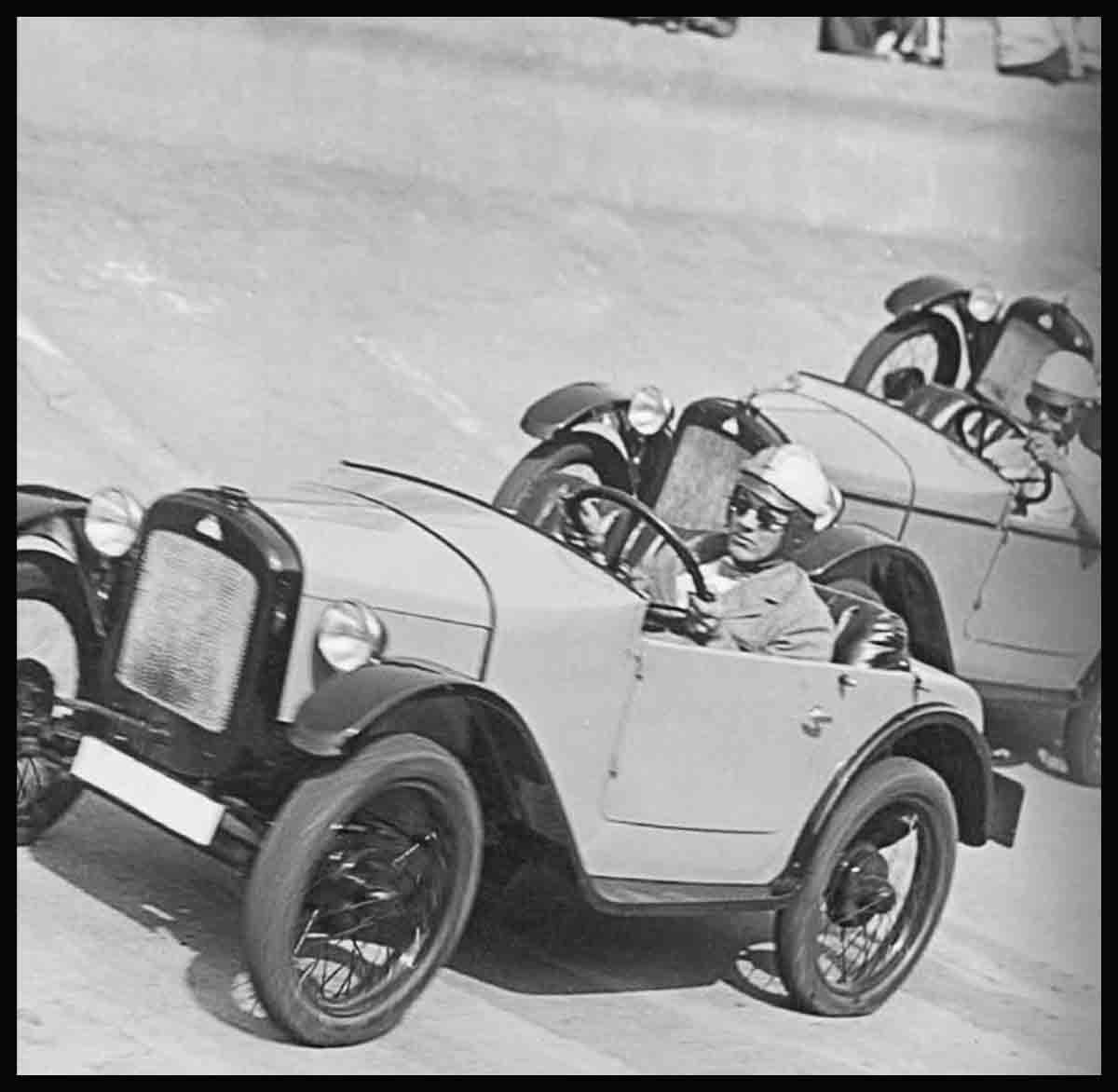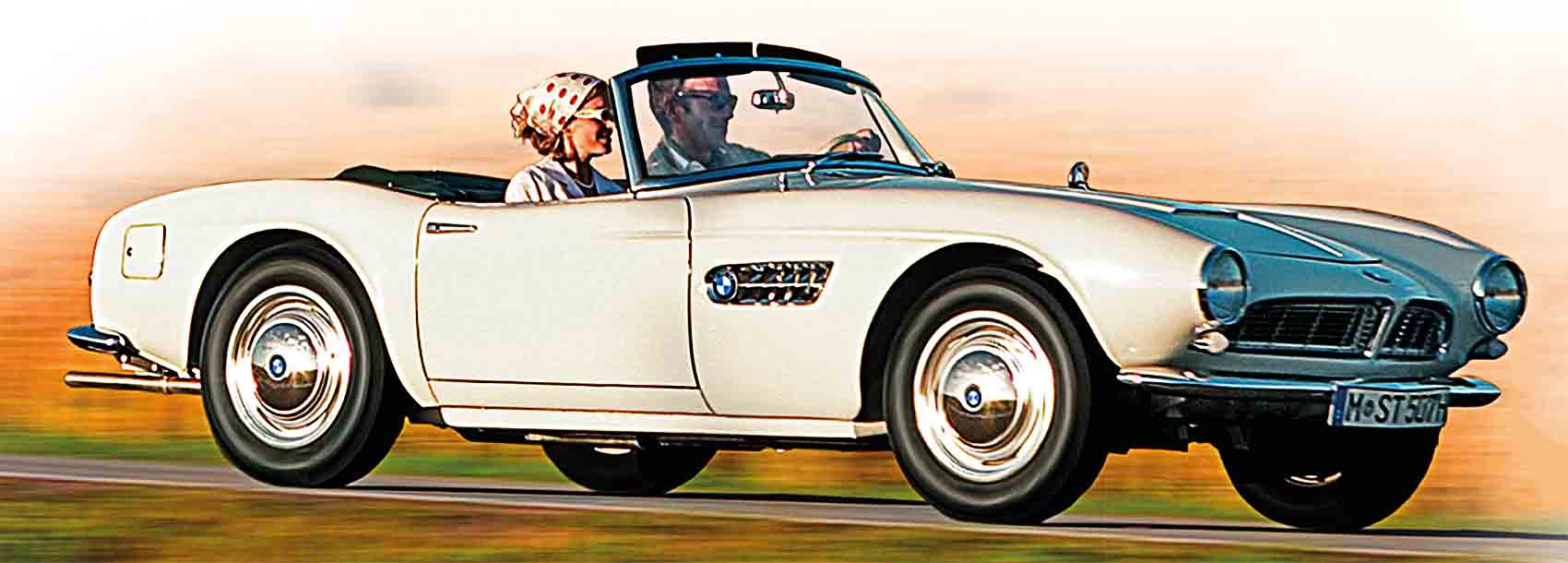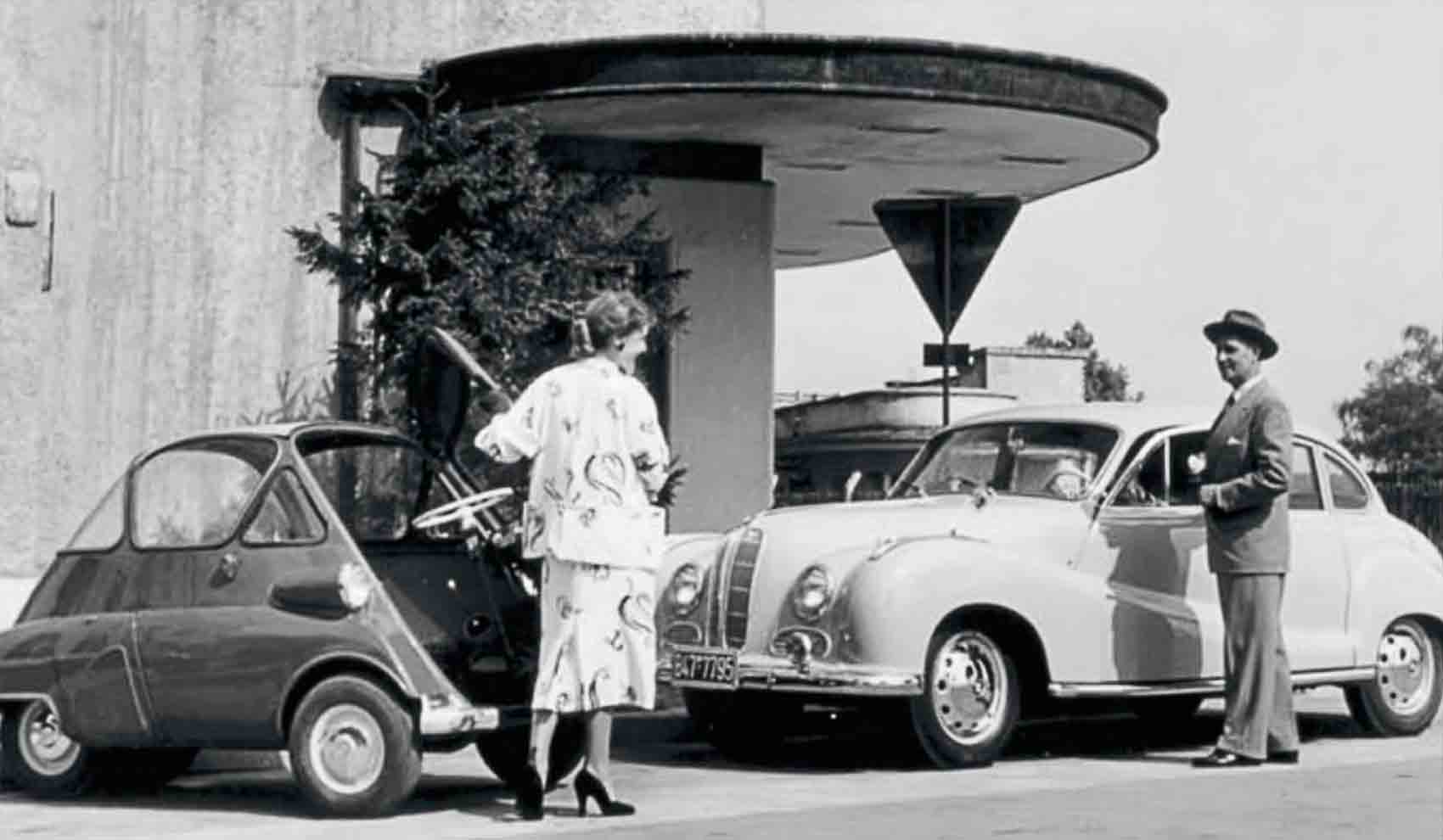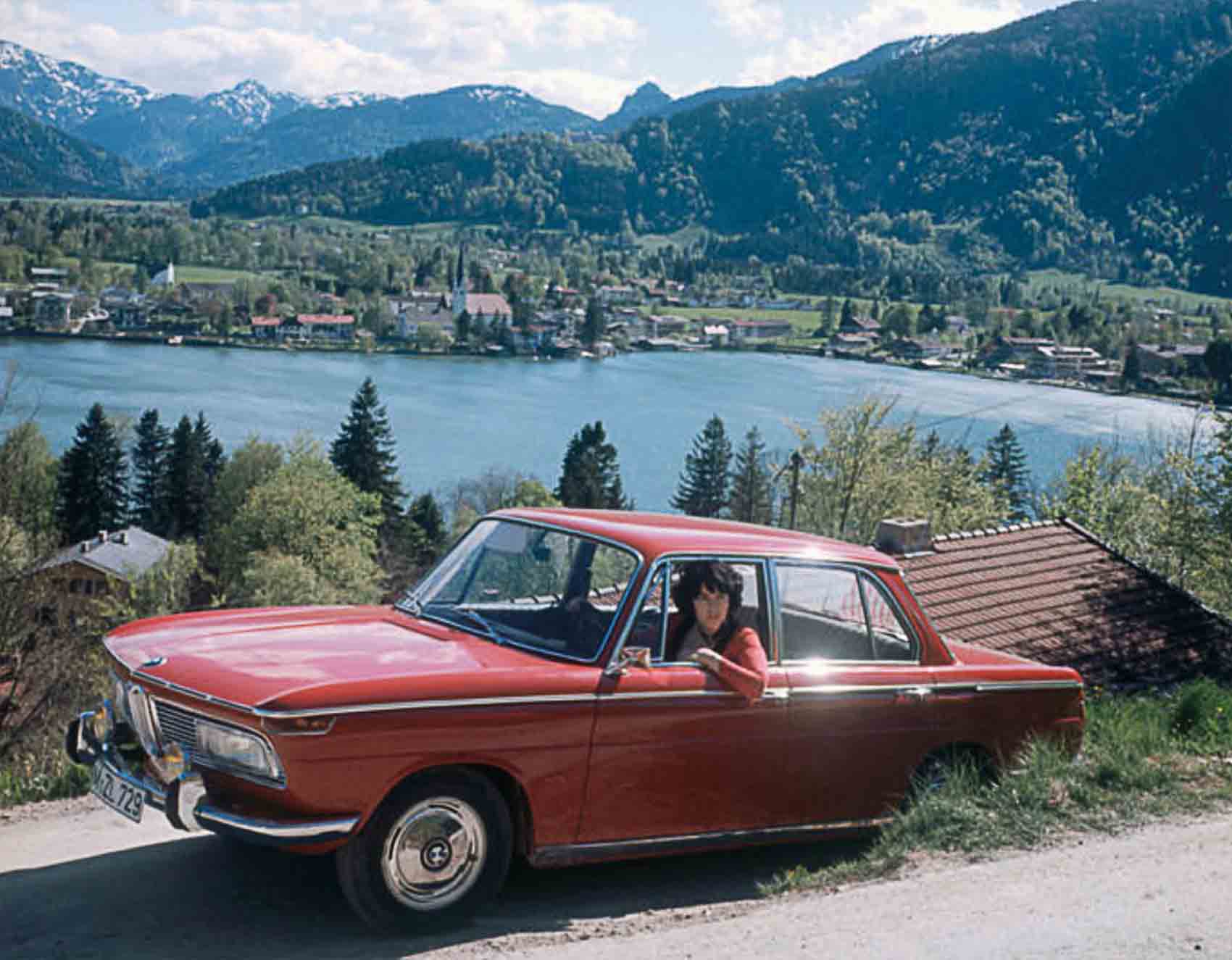
Great Marques—The BMW Story
Bayerische Motoren Werke (BMW) started life as an aero engine manufacturer in Munich, Germany in 1916, before diversifying into road vehicles. The company had a burst of glory in the 1930s, but it was only in 1961 that BMW really started its journey to become one of the world’s finest manufacturers of sports saloons.
“We at BMW do not build cars as consumer objects. We build mobile works of art.”
CHRIS BANGLE, FORMER BMW CHIEF DESIGNER AND CREATOR OF THE MARQUE’S “FLAME SURFACING” DESIGN THEME IN THE 1990S
BMW ENTERED THE CAR sphere in 1929 when it bought the Eisenachbased company that produced the Dixi—an Austin Seven built under license. By 1932 it had developed its own car, and just two years later had designed a six-cylinder engine, installing it in several handsome cars that all featured “twin kidney” grilles. These included the 326 saloon and 327 tourer. The stylish 328 was the sports car of the line-up, and it soon became a force to be reckoned with on the race circuit, racking up more than 100 class wins in 1937.

Surely one of the most beautiful and powerful of all 1950s roadsters, a mere 253 examples were sold.
BMW’s Munich factory was heavily bombed by the Allies during World War II due to its production of aircraft engines for the Luftwaffe, and later its Eisenach plant in eastern Germany was seized by the Soviets. At the end of the war, its six-cylinder engine technology was appropriated by Bristol in the UK, which used it to launch its own, high-quality sports car.
BMW had to start again from scratch. It began with motorcycles in 1948, and in 1951 launched a V8 luxury car called the 501, nicknamed the “Baroque Angel” for its shapely contours. The V8 theme continued with the 503 luxury coupe and polished 507 two-seater roadster. But all these cars were unprofitable, and the company searched for a lifeline. It found it in the Isetta three-wheeler. The rights were acquired from Iso in Italy, a BMW motorbike engine was installed, and the tiny, bubble-shaped, economy car went on to sell in its thousands. The slightly larger 600 and 700 models followed, with two-cylinder engines.

The 1950s was a rocky decade for BMW; the Isetta bubble car venture made up for losses on the luxury V8-engined range, such as the 502.
Financier Herbert Quandt acquired the struggling firm in 1959, and changed BMW’s direction. In 1961 its Neue Klasse 1500 was launched—a sporting saloon with a new overhead-camshaft engine aimed at company executives, followed by 1.8- and 2-liter versions. Coupes came next, and then the compact 02 two-door models, before a range of impressive six-cylinder saloons in 1968. Both the 02 and the CSL coupé saw great success in track racing, the CSL tussling memorably with Ford Capris to win the 1973 European Touring Car Championship. The 2002 Tii was the first European production car with a standard turbocharger.
The Neue Klasse was replaced by the 5-series in 1972—a mid-range executive car that combined safety, comfort, superb handling, and slick styling.

BMW’s flourishing destiny was set by the launch of the lively 1500 in 1961, and its sports saloon descendants, like this 2000 model.
The 5-series was joined in 1975 by the smaller 3-series, the larger 7-series in 1977, and the 6-series coupe in 1976, in a well-honed range based on rear-wheel drive, and superb four- and six-cylinder engines. The 1979 Ml mid-engined supercar was also impressive, albeit short-lived. In the 1980s the 3-, 5-, and 7-series saloons were all replaced by carefully evolved successors, and in 1987 a magnificent V12 engine arrived for the top 7-series, and the all-new, 8-series coupe. But the most iconic BMWs of this decade were the M-Sport derivatives. The 1985 M535i and M635i used the Ml’s 24-valve, 286 bhp, 3.5-liter, straight-six, for sub-7 second, 0-60 mph (96 km/h) acceleration allied to impressive handling in a sophisticated and expensive performance package.
BMW’s turbocharged Formula 1 engine powered Brabham driver Nelson Piquet to the World Championship in 1983. The marque also supplied V10 engines to Formula 1’s Williams team between 2000 and 2005.
During the 1990s BMW expanded the scope of its core range by developing the Z3/Z4 sports cars, the X-series of SUVs, and electric and hybrid models for both city driving and long¬ distance touring. BMW also owns the Mini and Rolls-Royce marques.
It is a quote. The Classic Car Book – The Definitive Visual History 2016




